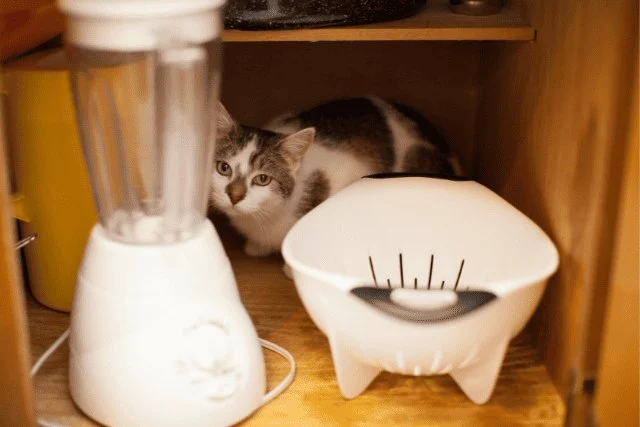
How to Stop Your Kitten from Getting into Cabinets
- 1- Understanding Why Kittens Get into Cabinets
- 2- Dangers of Kittens in Cabinets
- 3- Practical Solutions to Keep Your Kitten Out of Cabinets
- 4- Training Your Kitten to Avoid Cabinets
- 5- Creating a Kitten-Proof Home
1. Understanding Why Kittens Get into Cabinets
Curiosity is one of the most defining traits of a kitten. These playful, energetic little creatures are constantly exploring their environment, often getting into places they shouldn’t, like cabinets. The enclosed space, darkness, and potential for interesting smells and items to investigate can make cabinets particularly enticing to a kitten.
Kittens are naturally inclined to seek out hidden spots to explore and hide, and cabinets provide a safe, cozy space to satisfy their curiosity. As they grow, they begin to develop better climbing and jumping skills, which means they’re able to access more places in your home, including those cabinets that were once out of reach.

Second Chance Community Veterinary Hospital of Worcester
WorcesterWorcester CountyMassachusetts
831 Main St, Worcester, MA 01610, USA
2. Dangers of Kittens in Cabinets
While kittens are curious and often harmless, cabinets can pose several dangers to your furry friend. Here are some of the risks:
- Sharp Objects: Many kitchen cabinets contain knives, scissors, or other sharp items that could injure a kitten if they manage to get inside.
- Toxic Substances: Cleaning supplies, medications, and certain foods can be toxic to cats, and kittens are especially vulnerable to these dangers if they chew on or ingest them.
- Clutter and Heavy Items: Cabinets may also contain heavy objects or items that could fall, potentially injuring the kitten.
- Access to Unsafe Areas: In some homes, cabinets may provide access to unsafe areas like trash cans or food prep spaces, increasing the chances of your kitten coming into contact with things that aren’t safe for them.
3. Practical Solutions to Keep Your Kitten Out of Cabinets
There are several simple solutions to keep your kitten from getting into cabinets and exploring places where they shouldn’t be. Here are some ideas:

Golden Oaks Veterinary Hospital
Rancho CucamongaSan Bernardino CountyCalifornia
9155 Archibald Ave Suite J, Rancho Cucamonga, CA 91730, USA
1. Childproof Cabinet Locks
One of the most effective ways to prevent your kitten from opening cabinets is by installing childproof cabinet locks. These easy-to-install locks are designed to keep curious hands (or paws) from gaining access to the inside. Many locks are available that fit various types of cabinets, making them a simple yet efficient solution for kitten-proofing your home.
2. Keep Dangerous Items Out of Reach
If your kitten is determined to explore the cabinets, ensure that all potentially harmful items are stored in high or locked cabinets. Items such as cleaning supplies, medicines, and sharp objects should be kept in secure places where your kitten can’t access them.
3. Use Deterrents
There are various safe deterrents you can use to discourage your kitten from jumping into cabinets. Citrus-scented sprays, for example, are a natural deterrent for cats. You can also use double-sided tape on the edges of cabinet doors to make them less appealing for climbing or scratching.
4. Close Cabinets Securely
One of the simplest ways to keep your kitten out of cabinets is to ensure the doors are fully closed. This sounds basic, but sometimes we leave cabinets ajar out of habit, which gives your kitten an opportunity to explore. Always make sure to securely close cabinet doors when not in use.
4. Training Your Kitten to Avoid Cabinets
Training your kitten to avoid cabinets requires consistency and patience, but it can be done. Here are some techniques to help you teach your kitten not to get into cabinets:
1. Positive Reinforcement
Use positive reinforcement to reward good behavior. Whenever your kitten stays out of the cabinets, reward them with treats, toys, or affection. This will help your kitten associate staying out of the cabinets with positive experiences.
2. Redirect Attention
When your kitten attempts to enter the cabinets, redirect their attention to a more appropriate behavior, like playing with a toy or exploring other safe areas of your home. This will help reinforce that cabinets are off-limits.
3. Set Boundaries Early
The earlier you start setting boundaries, the easier it will be for your kitten to learn. As soon as your kitten starts showing interest in the cabinets, begin implementing training and deterrents to prevent the behavior from becoming a habit.
5. Creating a Kitten-Proof Home
In addition to keeping your cabinets kitten-free, creating a kitten-proof home involves making other adjustments to ensure your kitten’s safety and well-being:
- Secure Furniture and Appliances: Ensure that heavy furniture or appliances are secured so that your kitten cannot knock them over.
- Hide Cords and Wires: Kittens love to chew on cords, so use cord covers or hide wires to prevent potential harm.
- Provide Safe Spaces: Create designated play and rest areas for your kitten to help redirect their curiosity to safe spaces.
By making your home kitten-proof, you’ll reduce the risk of your kitten getting into cabinets or other potentially dangerous areas. A safe and well-enriched environment is essential for your kitten's growth and happiness.
For more tips on creating a safe and enriching environment for your kitten, visit Omnia Pet for expert recommendations on pet products and services.



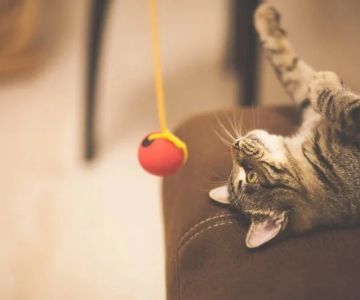
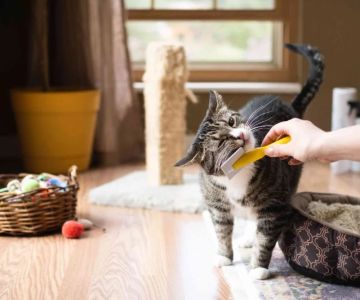

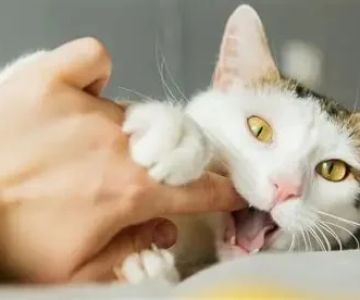
 Hollywood Feed4.0 (184 reviews)
Hollywood Feed4.0 (184 reviews) Brew Biscuits5.0 (2 reviews)
Brew Biscuits5.0 (2 reviews) All Friends Animal Hospital4.0 (446 reviews)
All Friends Animal Hospital4.0 (446 reviews) Kittylandkittens LLC0.0 (0 reviews)
Kittylandkittens LLC0.0 (0 reviews) Village Animal Clinic4.0 (212 reviews)
Village Animal Clinic4.0 (212 reviews) Rift Lake Aquatics4.0 (165 reviews)
Rift Lake Aquatics4.0 (165 reviews) Understanding Pet Insurance: What Does It Actually Cover?
Understanding Pet Insurance: What Does It Actually Cover? How to Keep Your Kitten's Eyes Clean and Free of Discharge
How to Keep Your Kitten's Eyes Clean and Free of Discharge The Truth About Heartworm Disease: Prevention is Cheaper Than Cure
The Truth About Heartworm Disease: Prevention is Cheaper Than Cure Why Is My Kitten's Belly Button Showing? | Omnia Pet
Why Is My Kitten's Belly Button Showing? | Omnia Pet Why Does My Cat Bite Me Gently? Love Bites Explained
Why Does My Cat Bite Me Gently? Love Bites Explained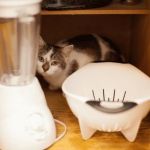 How to Stop Your Kitten from Getting into Cabinets
How to Stop Your Kitten from Getting into Cabinets